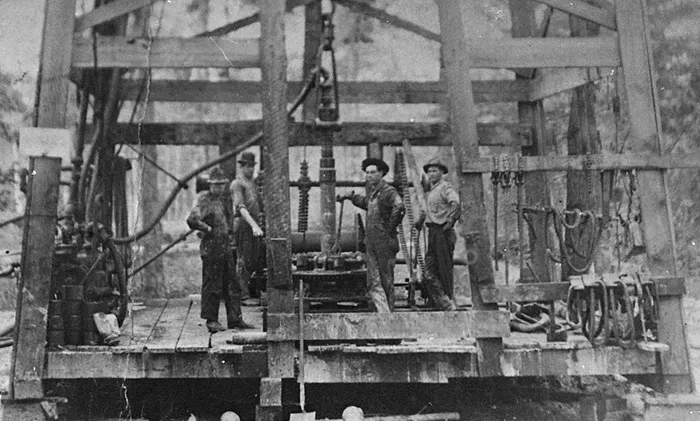Crude oil, a natural resource with a range of uses, became a significant element in industry and society in the 1800s. Although its applications were more limited compared to today’s advanced uses, the 19th century saw the beginnings of its transformation from a curiosity into a crucial economic commodity. This article explores the various uses of crude oil during the 1800s, examining its impact on industry, technology, and daily life.
Early Uses and Discovery
The discovery of crude oil and its initial uses can be traced back to ancient civilizations, but the 1800s marked a period of significant development. The first successful commercial oil well was drilled by Edwin Drake in Titusville, Pennsylvania, in 1859. This event is often credited with marking the beginning of the modern petroleum industry. Before this breakthrough, crude oil had been used in limited ways, such as for lighting and medicinal purposes.
Lighting and Fuel
One of the earliest and most significant uses of crude oil in the 1800s was for kerosene production. Kerosene, a refined product derived from crude oil, became a popular and cost-effective alternative to whale oil and coal oil for lighting. By the mid-19th century, kerosene lamps had become widespread, providing a cleaner and more efficient source of light for homes and businesses. This shift greatly impacted the lighting industry, as kerosene lamps were more affordable and longer-lasting than previous lighting methods.
Lubrication and Industrial Applications
Crude oil derivatives began to play an essential role in machinery lubrication during the 1800s. The refinement of oil into lubricating oils helped reduce friction in machinery, leading to improvements in the efficiency and lifespan of industrial equipment. This was particularly important during the Industrial Revolution, as machines became increasingly central to manufacturing processes.
See also: The Transportation Of Crude Oil Provides Which Of The Following Risks?
Steam Engines and Transportation
In addition to its use in lighting and lubrication, crude oil and its derivatives were utilized in steam engines. While coal remained the primary fuel source for steam engines, oil was experimented with and used in some cases to enhance engine performance. The introduction of petroleum-based fuels contributed to the development of more efficient transportation and industrial machinery.
Medicine and Health
Crude oil and its derivatives found uses in medicine during the 1800s. Early medicinal applications included using oil for treating various ailments, such as skin conditions and respiratory issues. Although these uses were less advanced compared to modern pharmaceuticals, they laid the groundwork for further exploration of oil-based products in medicine.
Economic Impact and Industrialization
1. Growth of the Petroleum Industry
The successful drilling of the first commercial oil well in 1859 spurred the growth of the petroleum industry. As the demand for kerosene and lubricating oils increased, oil drilling and refining became significant economic activities. This growth led to the establishment of oil companies and infrastructure, such as pipelines and refineries, which laid the foundation for the modern oil industry.
2. Impact on Urbanization and Industry
The availability of kerosene and lubricating oils contributed to urbanization and industrialization. Cities grew as businesses and industries adopted petroleum-based products, which facilitated advances in manufacturing and transportation. The efficiency and cost-effectiveness of oil-based products played a crucial role in the development of modern economies.
See also: What Are The Reasons For The Decrease In U.S. Crude Oil Production Since 1970?
Challenges and Environmental Considerations
The environmental impact of crude oil extraction and use was less understood in the 1800s compared to today. However, there were early signs of environmental challenges, such as oil spills and waste products from refining processes. These issues were not widely recognized or addressed during the 19th century, as the focus was primarily on exploiting the economic benefits of oil.
Conclusion
In the 1800s, crude oil began to emerge as a valuable resource with a range of applications. From lighting and lubrication to early experimentation with steam engines, oil’s versatility and economic potential became increasingly apparent. The development of the petroleum industry during this period laid the groundwork for the extensive use of crude oil and its derivatives in the 20th and 21st centuries. While the environmental impact of oil use was not fully understood at the time, the innovations and advancements made in the 1800s set the stage for the profound changes that crude oil would bring to the world.
Related Topics:

